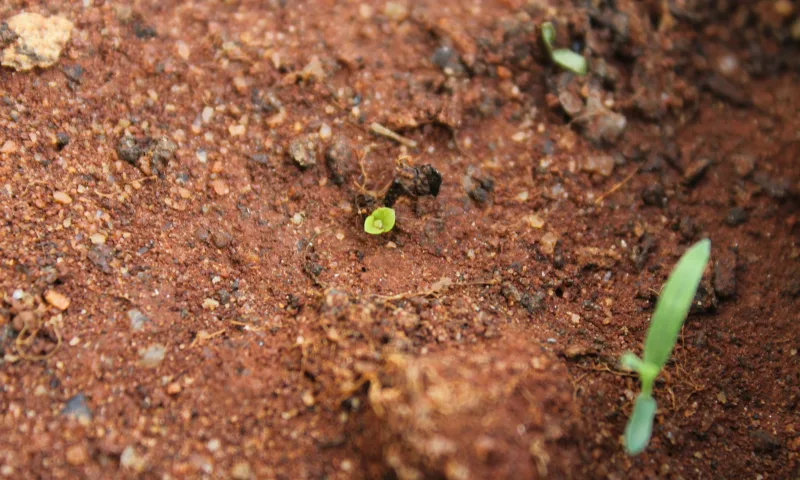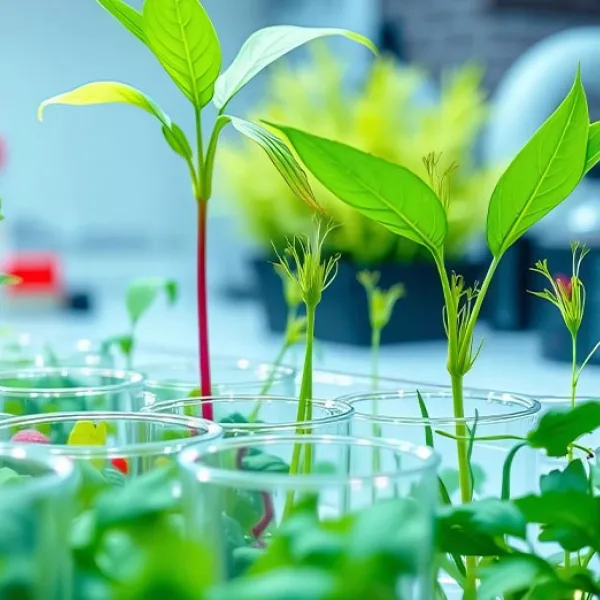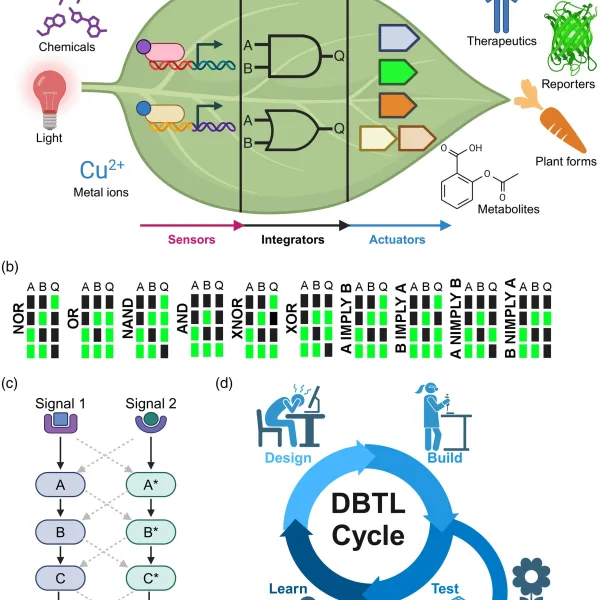Germination is the process through which a seed activates cellular metabolism and growth. This enables the embryo to initiate the seed to seedling transition and begin to establish itself in its environment. A wide range of cellular systems are recruited during germination. Stored energy resources are consumed by heterotrophic metabolism to power cell activity, as the embryo is not yet photosynthetic, and mitochondria are assembled. The mRNAs that were transcribed and stored during seed development are translated to yield mature proteins. There is also a broad-scale structural reconfiguration of the genome and de novo transcription. This is achieved by the loss of repressive histone marks and DNA methylation, enabling chromatin to transition from a closed and physically protected state to an accessible state necessary for gene transcription. Signalling through the gibberellin hormone pathway, initiated in the vasculature of the radicle, drives cell expansion and thereby embryo growth. In this review, we summarise recent advances that illustrate the spatiotemporally dynamic nature of events during germination, which gives rise to the cell and tissue-specific activity that underpins germination.


